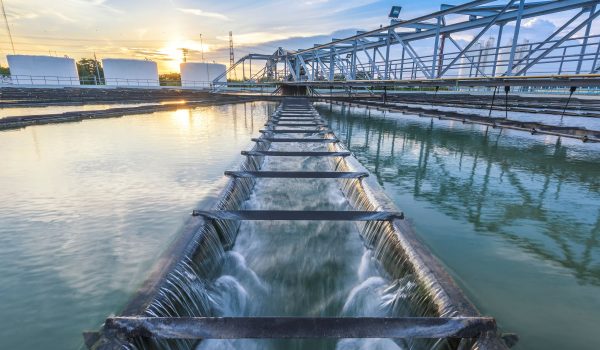On September 7, California’s State Water Resources Control Board (SWRCB) approved initial requirements for testing microplastics in drinking water, becoming the first government in the world seeking to establish health-based guidelines for acceptable levels of microplastics in drinking water. The SWRCB’s requirements are based on the 2018 California Safe Drinking Water Act: Microplastics (Senate Bill 1422), an extension of the 1974 Safe Drinking Water Act, 42 U.S.C. Section 300f, et. seq., a federal statute requiring the monitoring and public notification of drinking water contaminants.
Microplastics are tiny plastic particles, less than five millimeters in length, that occur in the environment because of plastic production from a wide range of manufactured products. Some microplastic particles reach micron and nanometer dimensions (25.4 million nanometers in one inch), such that they can travel undetected in the air and water. There is no scientific consensus on whether plastics pose human health risks, however, some scientific studies label microplastics as endocrine disruptors or carcinogens.
The SWRCB’s implementation of Senate Bill 1422, will now require select public water systems to monitor for microplastics over a four year period—a daunting task as there is no EPA-approved method to identify the many types of microplastics in drinking water, and no standardized water treatment method for removing microplastics from the public water supply. The first phase of water testing, which is scheduled to begin in the fall of 2023, will focus on source waters (i.e., surface water, groundwater, or groundwater directly connected to surface waters) that supply community water systems providing water to over 100,000 people. Following the first phase, the SWRCB will analyze the data it received and consider any recent developments in microplastic testing when settling upon its approach for the second stage.
The first stage’s focus on source waters raises the potential that the SWRCB may implement a watershed-based approach to microplastic regulation that could impose discharge and treatment regulations not solely on public water and wastewater systems, but also on businesses that manufacture, use, and discharge microplastics.
California’s forefront effort to test for microplastics in drinking water may set the stage for other states to follow, with regulatory limits to ensue.
For more information, contact any member of Frost Brown Todd’s Environmental practice group.

